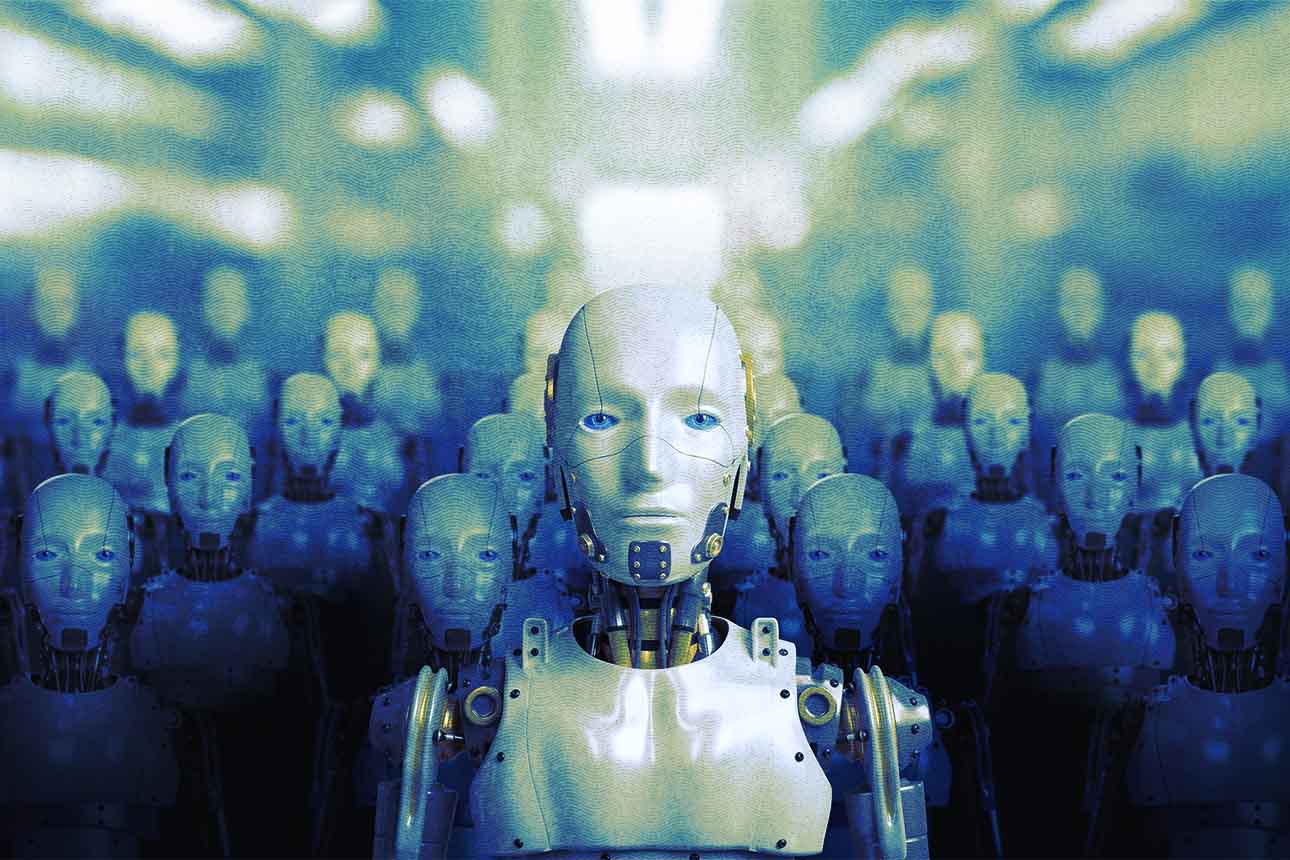Growth of Automation and Human-machine Interaction Boosting Humanoid Robot Adoption
The global humanoid robot market is estimated to grow by $16.99 billion from 2024 to 2028.
Topics
News
- Private Sector to Outpace Governments in $20 Billion Earth Intelligence Market
- Saudi Arabia to Add 112MW to Data Centre Capacity in New Deal
- UAE Dominates Global Data Centre Rankings as Region Becomes Digital Infrastructure Hotspot
- AI Adoption Climbs 233% Globally with the Middle East Showing Similar Momentum, Report finds
- du Launches UAE’s First Sovereign Hypercloud for Government and AI Innovation
- Ooredoo Launches Sovereign AI Cloud in Qatar Powered by Nvidia GPUs

[Image source: Krishna Prasad/MITSMR Middle East]
The humanoid robot market is experiencing significant growth due to advancements in AI for Good applications, increasing demand for automation, and growing applications in diverse sectors.
The robots are used for patient care, education, assembly line work, and entertainment.
Humanoid robots are a significant advancement in advanced manufacturing, integrating Internet of Things (IoT) technology, artificial intelligence (AI), and simulation software. These robots, equipped with microprocessors, microcontrollers, sensors, and switches, optimize production in industries such as automotive and aerospace.
It is not surprising that the global humanoid robot market is estimated to grow by $16.99 billion from 2024 to 2028, according to Technavio. The market is estimated to grow at a CAGR of 45.57% during the forecast period.
The growth of automation, electrification, data integration, and human-machine interaction fuels their adoption.
Humanoid robots’ key areas of application also include assisted living, exploration, and customer engagement. They also have applications in fields like mathematics, neuroscience, and art.
In personal assistance and caregiving, the humanoid robots sector attracts substantial investment due to its relevance to addressing the needs of the elderly and disabled, enabling them to perform activities of daily living (ADL).
Humanoid robots serve multiple functions, including companionship, mental health support, and medication administration.
In learning, humanoid robots can serve as product samples and training tools for mathematics and science. Strategic management in startup companies utilizes humanoid robots for simulation and policy development. Ultraviolet humanoid robots can be employed in medicine for sterilization purposes.
In security, humanoid robots can be used for surveillance and anti-terrorism measures. In transportation, humanoid robots can be designed to assist with tire maintenance. Certain regions’ topography may necessitate using humanoid robots for exploration and mapping.
The future of humanoid robots lies in customer engagement and satisfaction, with applications ranging from amusement parks to hospitality and grocery stores.
Overall, the humanoid robot market’s application segments are vast and multifaceted, offering significant potential for growth and innovation.
However, the humanoid robot market faces ethical challenges, including potential unemployment due to automation, privacy concerns, data accuracy issues, and control and liability problems. These factors and the need for more human decision-making can hinder market growth.
The market’s expansion is driven by the need for improved efficiency, safety, and behavioral sciences research.





